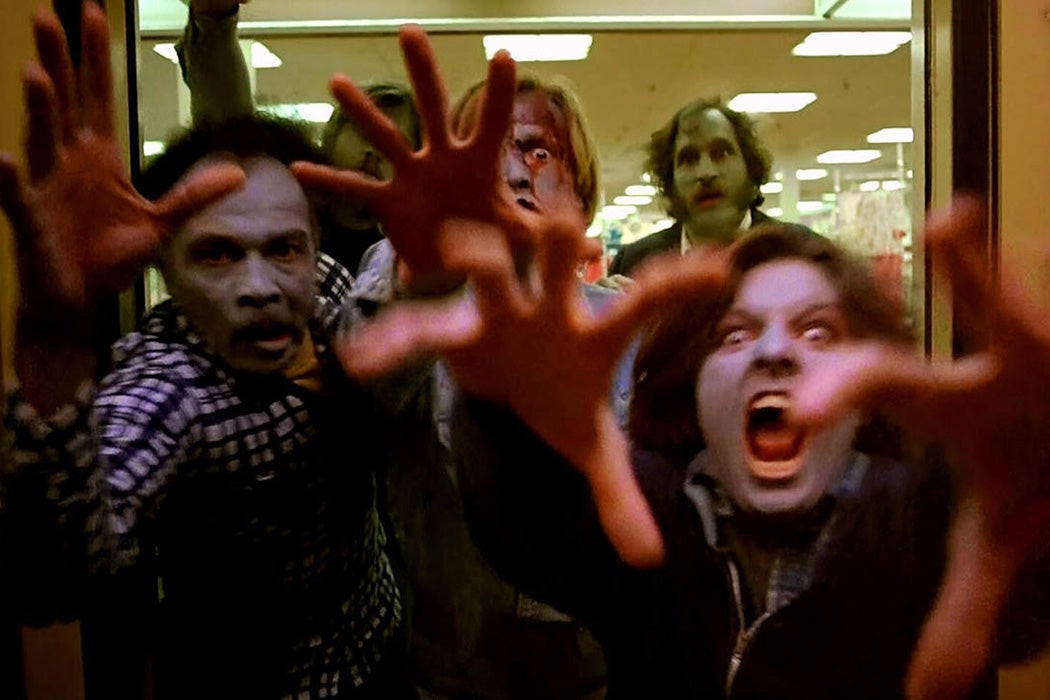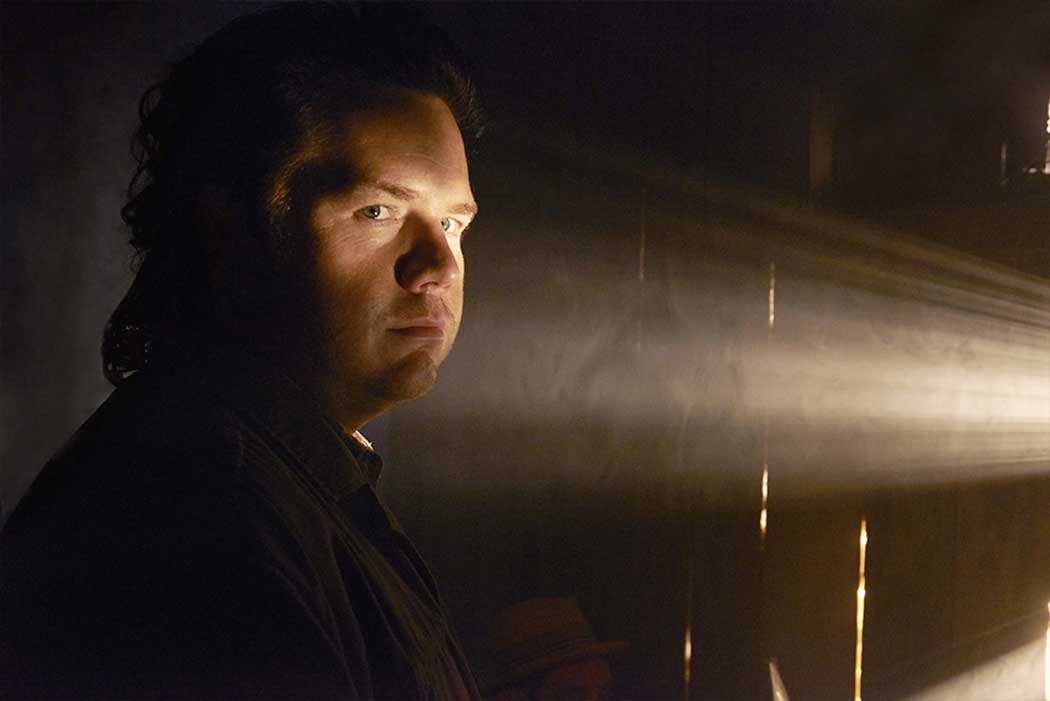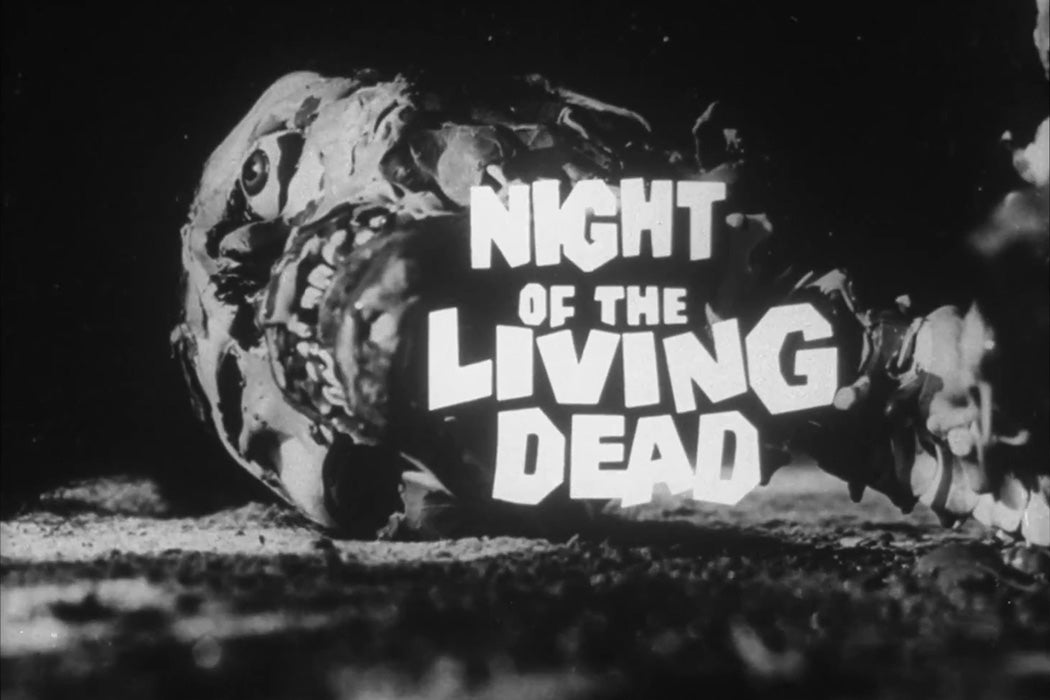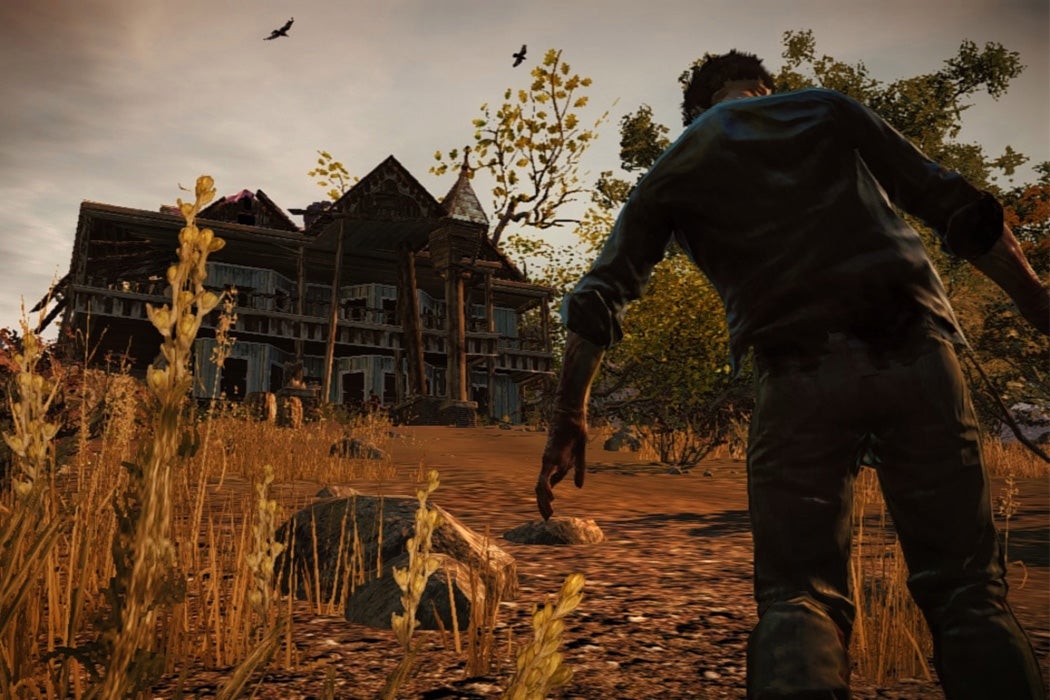Even though the world has yet to live through a zombie apocalypse, the destruction of humanity through the actions of quasi-revivified corpses is a frequent theme of horror movies. These blockbusters, with plots that hinge on people trying to outrun contagion (usually delivered by bite or blood) that would turn them into zombies, draw their strength from fears that we have about unrestrained infections and the threat of apocalypse.
As English professor Cecilia Petretto writes, zombie outbreaks serve as metaphors for our fears and anxieties, whether those center on unchecked material consumption or the unstoppable spread of infectious disease. In terms of the latter, zombie plot lines represent—and interrogate—our fear of contagion, which is exacerbated by a general lack of knowledge as to how certain infectious diseases both spread and affect people.
“Because of our perceptions of disease, both historically and culturally, our reactions to infectious disease might explain what is represented in these horror movies,” Petretto explains (writing before the COVID-19 pandemic brought us face-to-face with perhaps our worst nightmare). Both the original Dawn of the Dead (1978) and the remake (2004) “share a historical perspective on our reactions to disease.” We fear plagues, and we fear the people we see as enabling plagues.
While it is understandable to be scared of infectious diseases, at many points in human history people with poorly understood communicable diseases have been treated as if they were disposable once they contracted an illness. For example, during the Middle Ages, people with leprosy, a chronic bacterial infection that mainly affects the skin, nerves, eyes, and upper respiratory system, were banished from society.
“To the other members of society, victims of leprosy were already dead,” Petretto writes.
Centuries later, people who contracted HIV/AIDs faced similar discrimination due to stigma. “Most of what we knew about AIDS was based on misconception,” Petretto notes, “often resulting in suspicion. […] AIDS is contagious; therefore, it is deemed that victims should be isolated and regarded as dangerous.”
Similarly, zombies are threatening as the “living dead”—they have not moved on past life, but they are not really seen as being truly alive like other “healthy” humans, who are still trying to avoid disease. Even as we better understand communicable diseases, our fear of them has been shaped by centuries of associating chaos and even evil with infection—and histories (even memories) of our ancestors trying to live through it.
“Much of our fear lies within the nature of disease itself,” Petretto explains. “Disease, ugly as death, has its association with evil stemming back to the Black Plague.”
Adding to the cinematic tension is that some zombie movies also—somewhat realistically—portray the spread of infectious diseases. For example, in the remake of the Dawn of the Dead, widespread travel enabled the zombies to grow in population more quickly.
“One chilling scene shows how global the threat is as the camera slowly pans across the terrified faces of the survivors as they watch TV news reports of zombies attacking in places as far away as Moscow and Tokyo,” Petretto notes.
Weekly Newsletter
In this remake, the audience is also left with an ending that makes it appear as if there is no escaping the zombie apocalypse. “The movie suggests that there is no escape from our fear,” Petretto explains. “Viruses are everywhere. And sooner or later, they will infect us.”
With new variants of the COVID-19 pandemic threatening to evade our control, trying to avoid contagion still seems like a difficult task. Perhaps we’ll soon see a resurgence of zombie movies, our fears playing out through the “lives” of the living dead on handheld devices and big screens around the world.
Related Content
Walking Dead: The Science Behind the Zombies
The D-I-Y Origins of Night of the Living Dead
The Therapeutic Value of Horror Video Games
Support JSTOR Daily! Join our new membership program on Patreon today.










